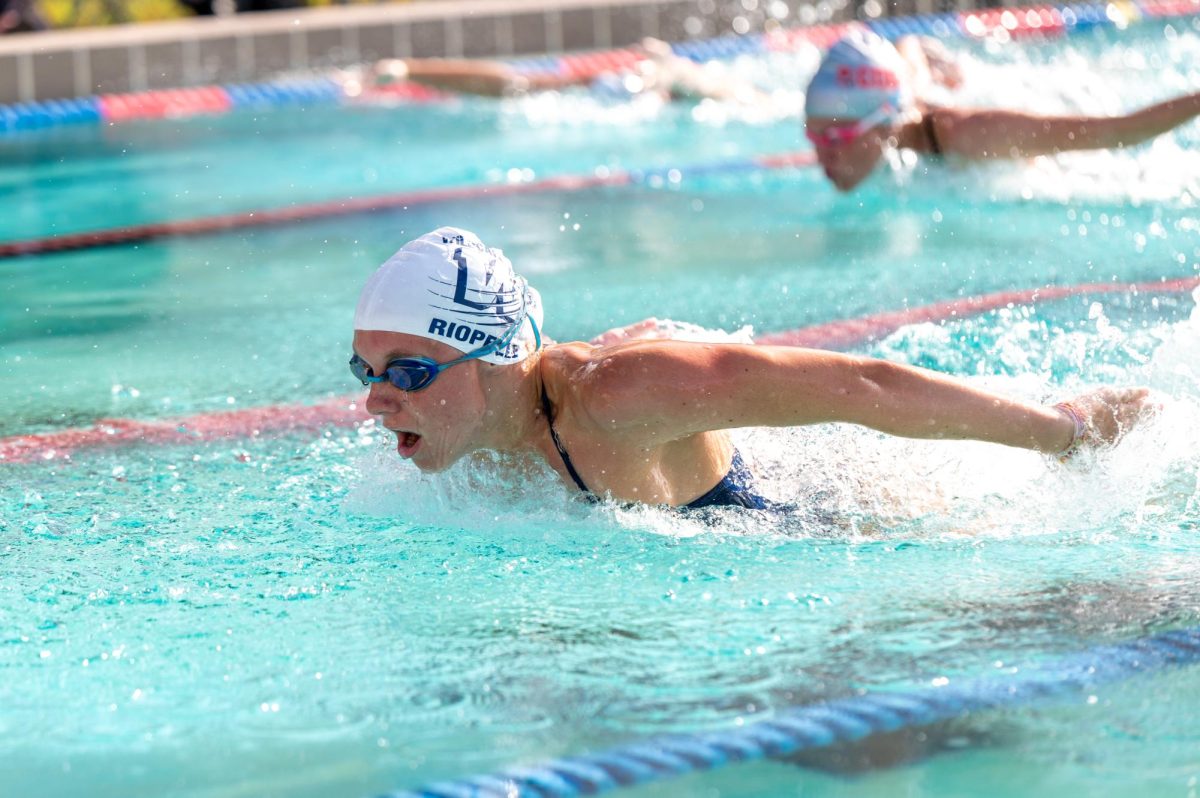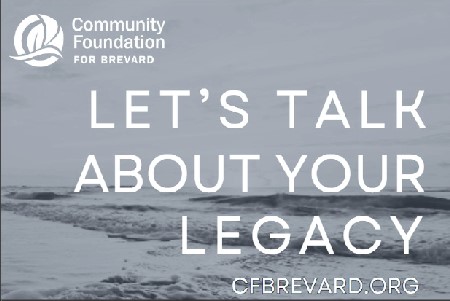Science research students test projects
November 27, 2018
Senior Reinaldo Alers has begun testing in science research class, but has encountered difficulty in the process.
“I have experienced a few [issues],” he said. “I have to restart half of my trial so far because I put excess fertilizer in my fertilizer piles and that killed my worms I was using.”
His project involves finding ecological and safe ways to get rid of algae by using worms or nematodes.
“Also, when I use the worms, they kind of like wiggle around which messes up my readings,” Alers said.
Different from the required science experiments students do in elementary schools, Science Research allows students to work independently and in their own preferred style.
“What I enjoy most is probably the freedom of it because we kind of have our own pace that we go with,” he said. You can kind of just do what you want, how you want — to a certain point.”
Mary Schropp has taught the science research course for eight years.
“Kids come up with a project idea and figure a way out how to test it,” Schropp said. “They come up with a hypothesis, so it’s more of a process of problem-solving.”
Students have from the beginning of the school year until the second week of January to complete the testing stage of their project.
“They’re doing really good,” Schropp said. “My middle-schoolers are all almost testing, and then my high schoolers, about 50 percent to 75 percent of them are testing. I still have about 25 percent who are either in labs or they’re still trying to get some of the more expensive kits and stuff.”
Meanwhile, Alers continues to test his project.
“Hopefully this is successful,” he said. “Then maybe I can probably use this to help with algae blooms and all that.”
By Laura Shelton



















































